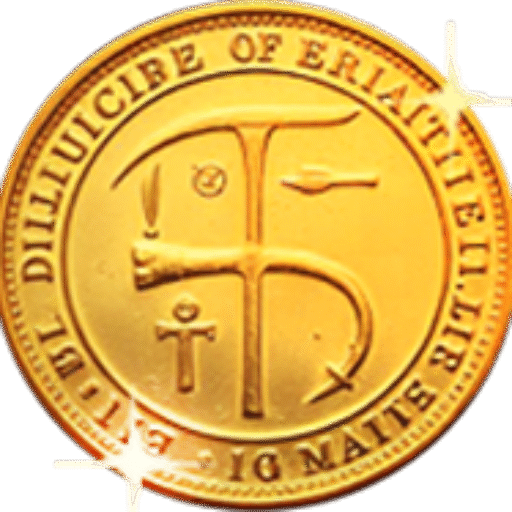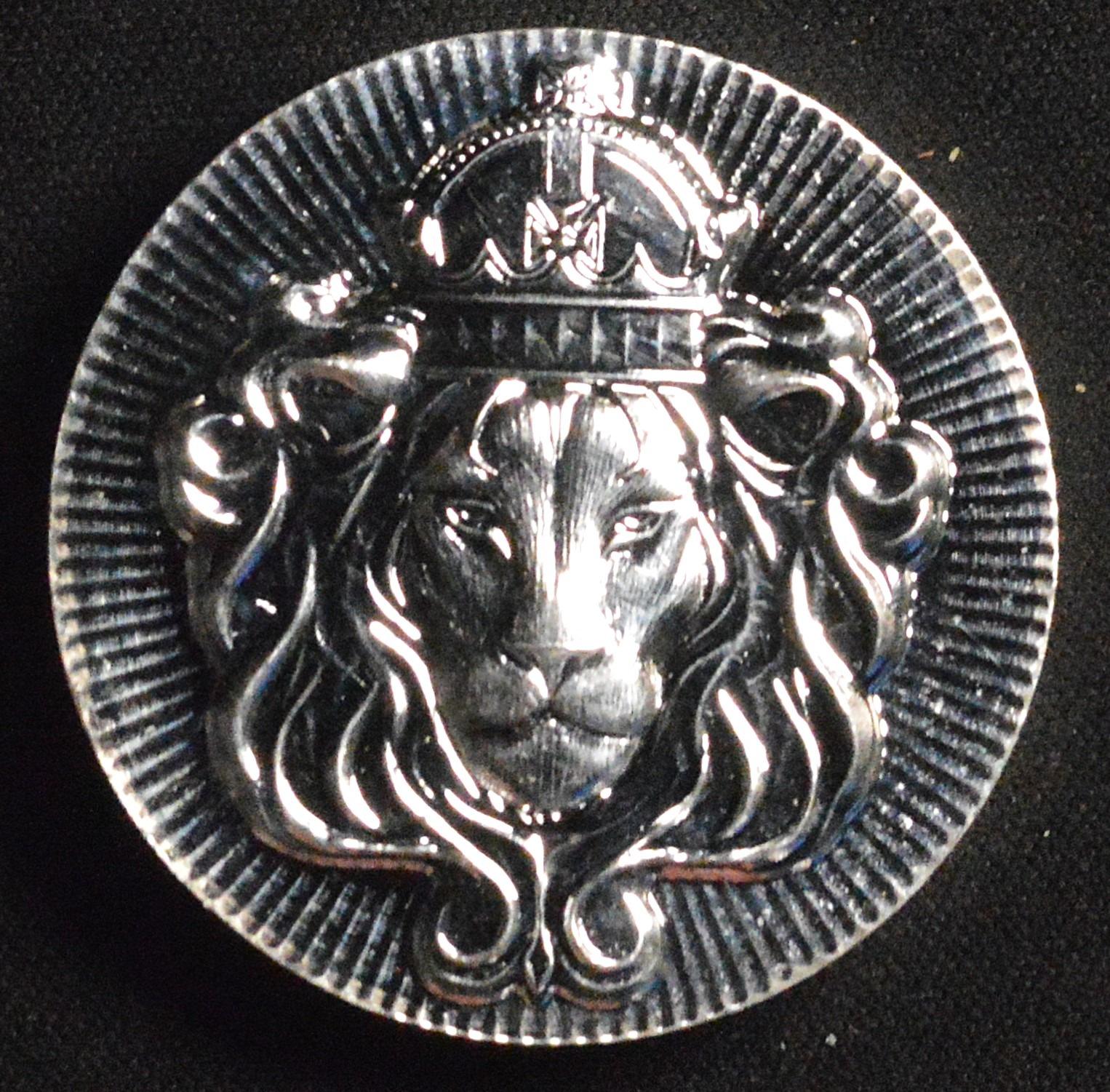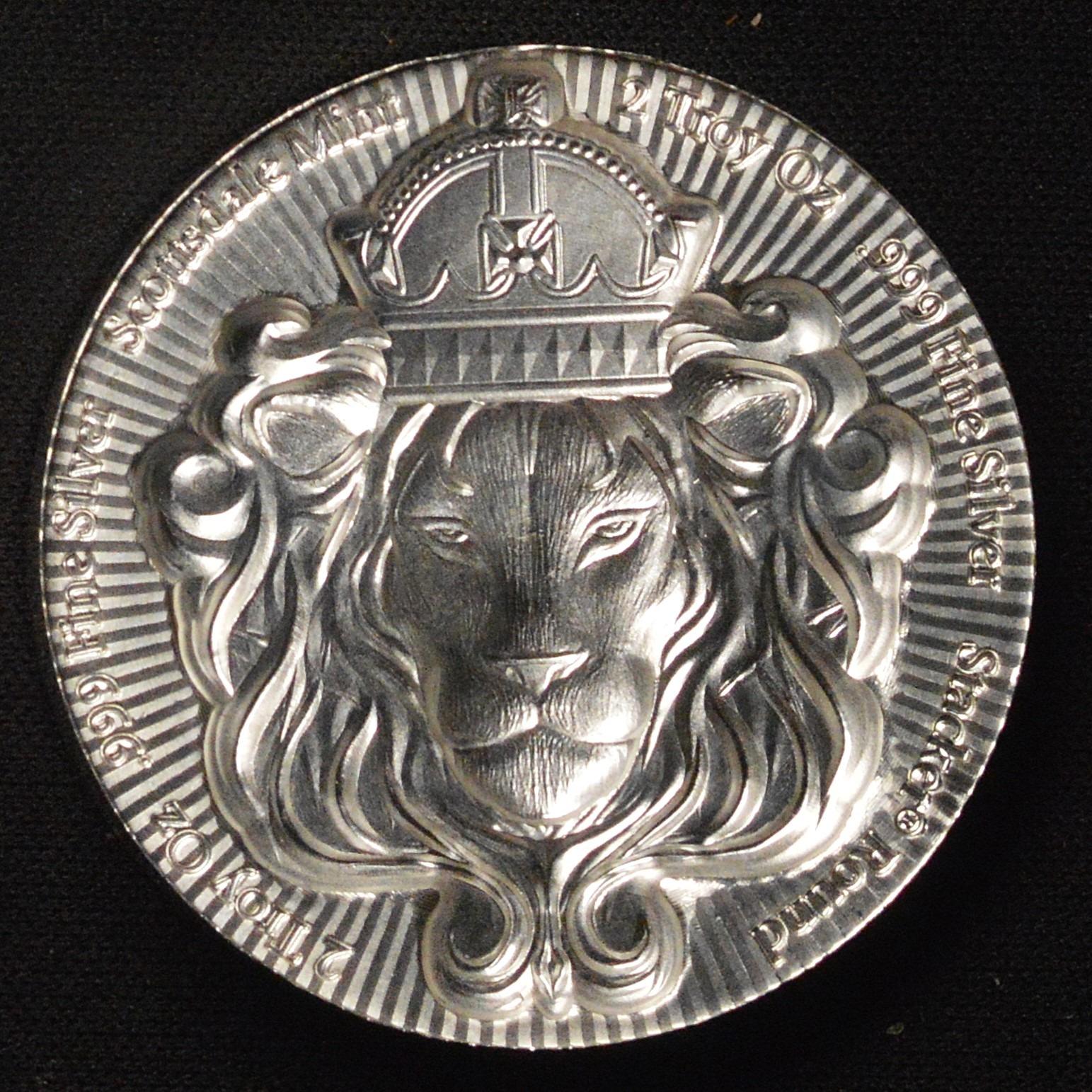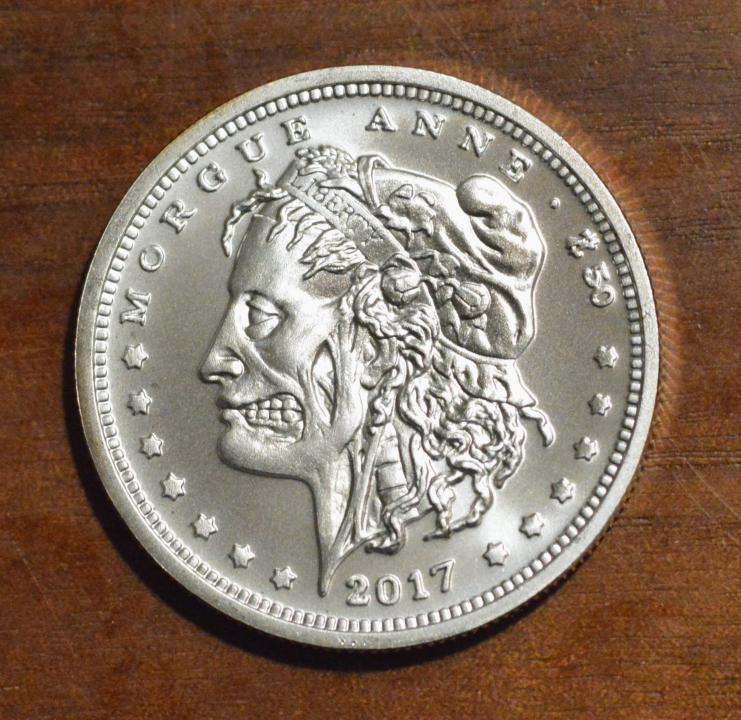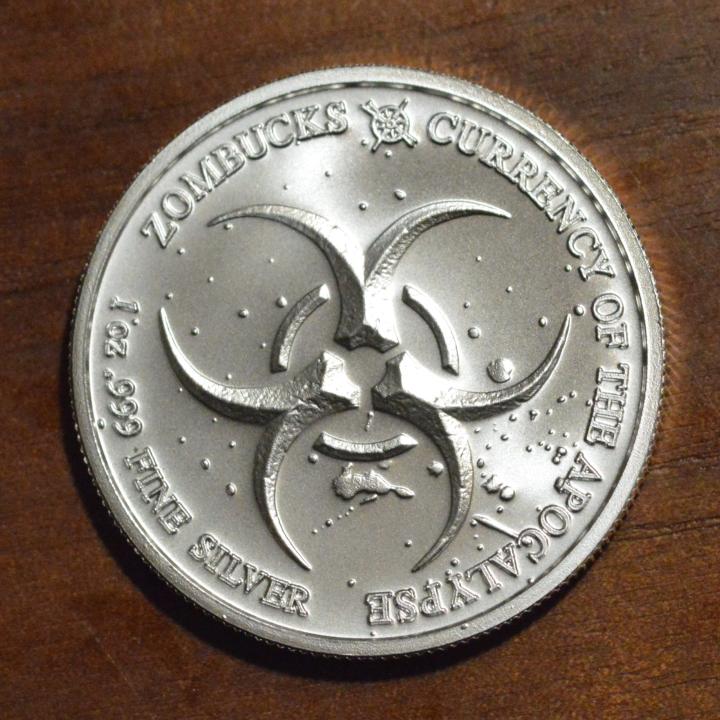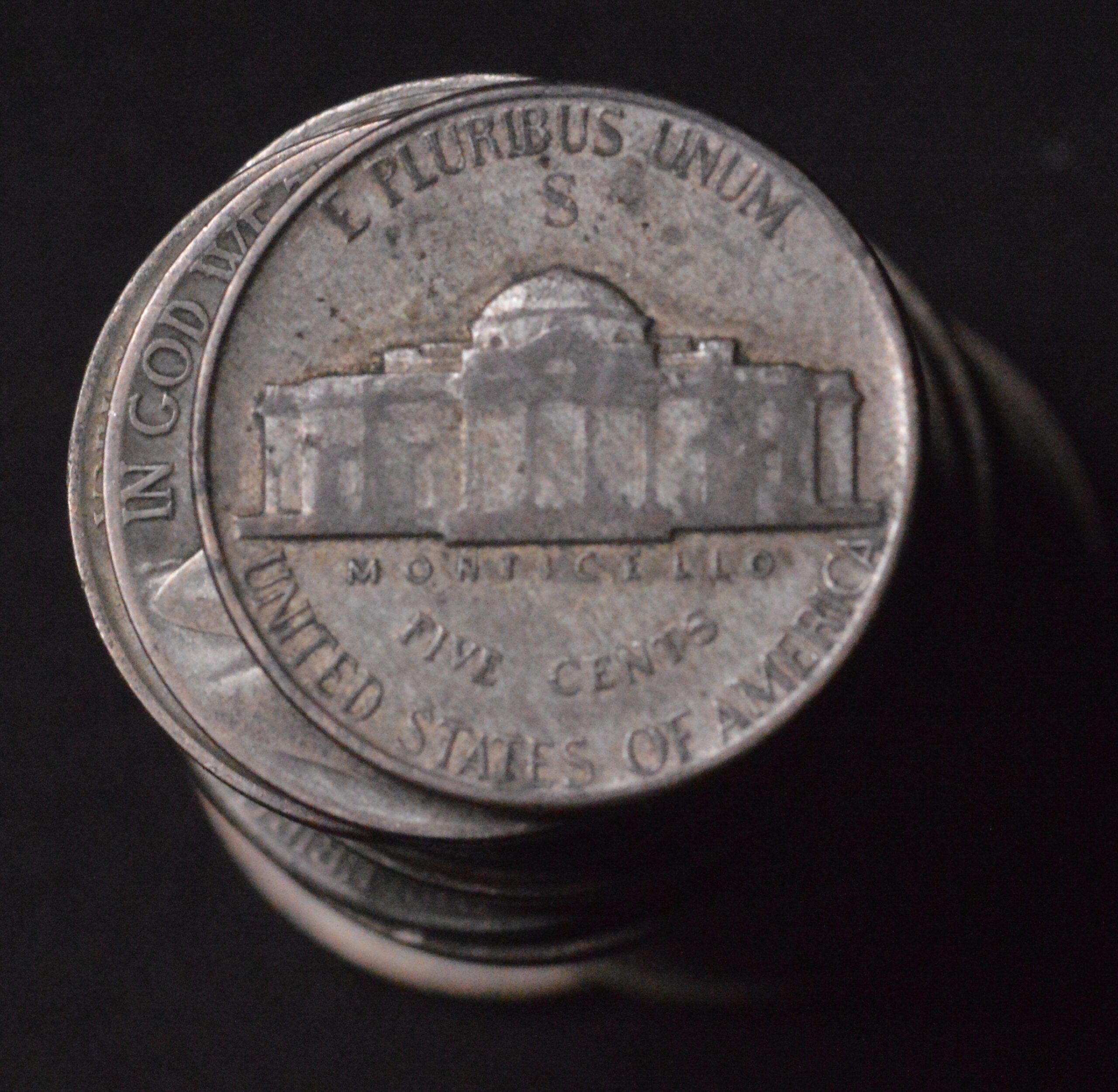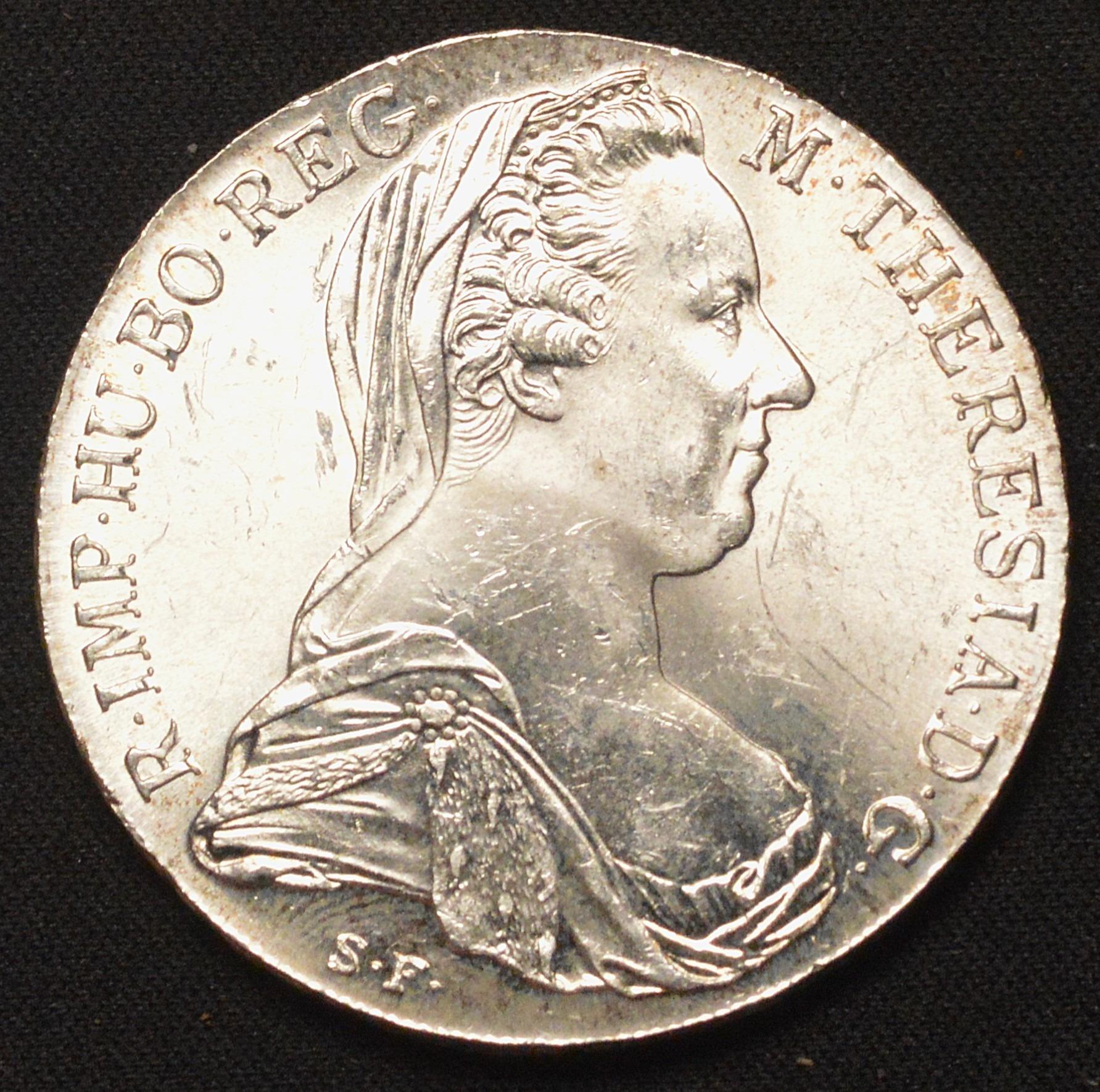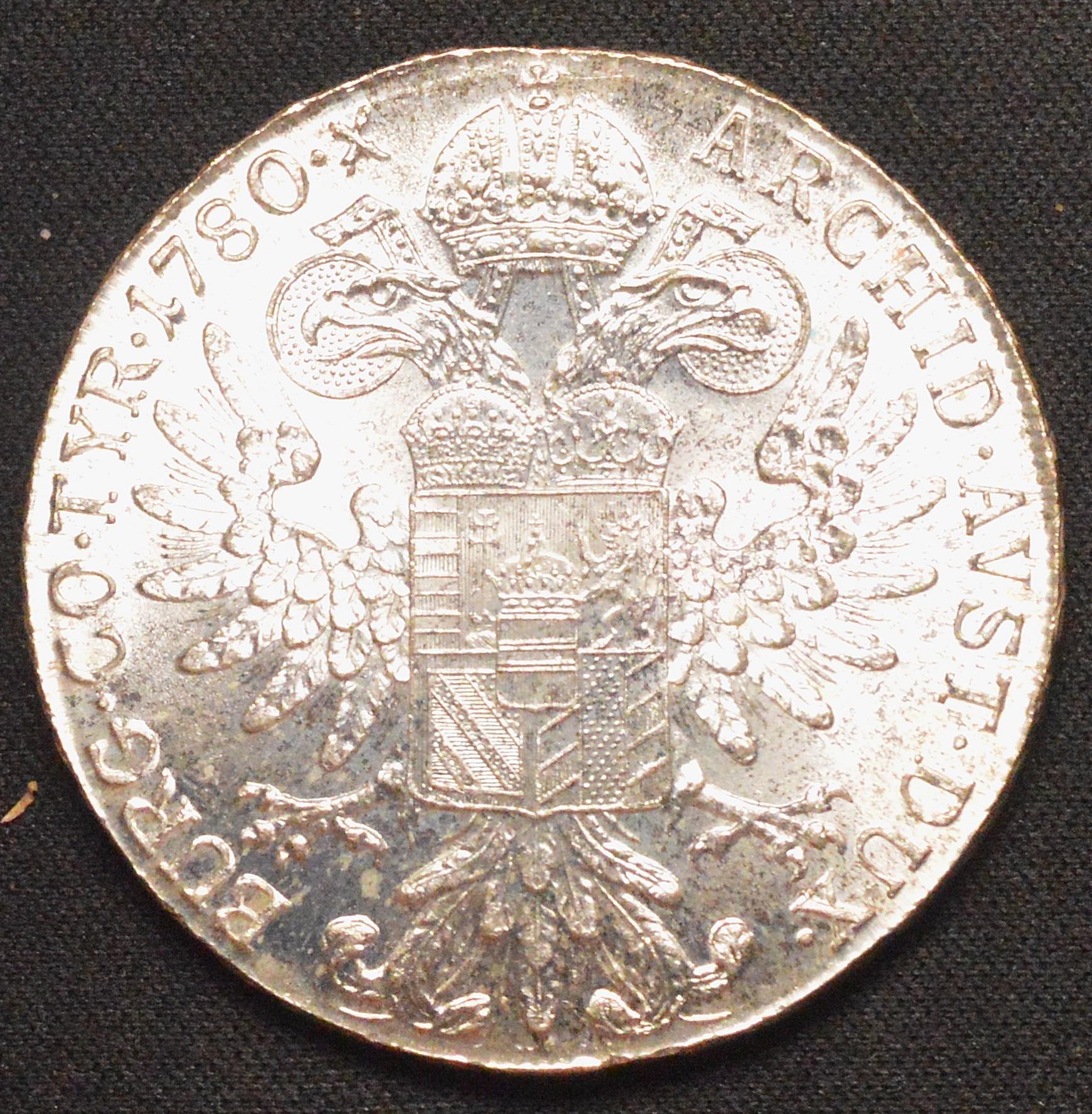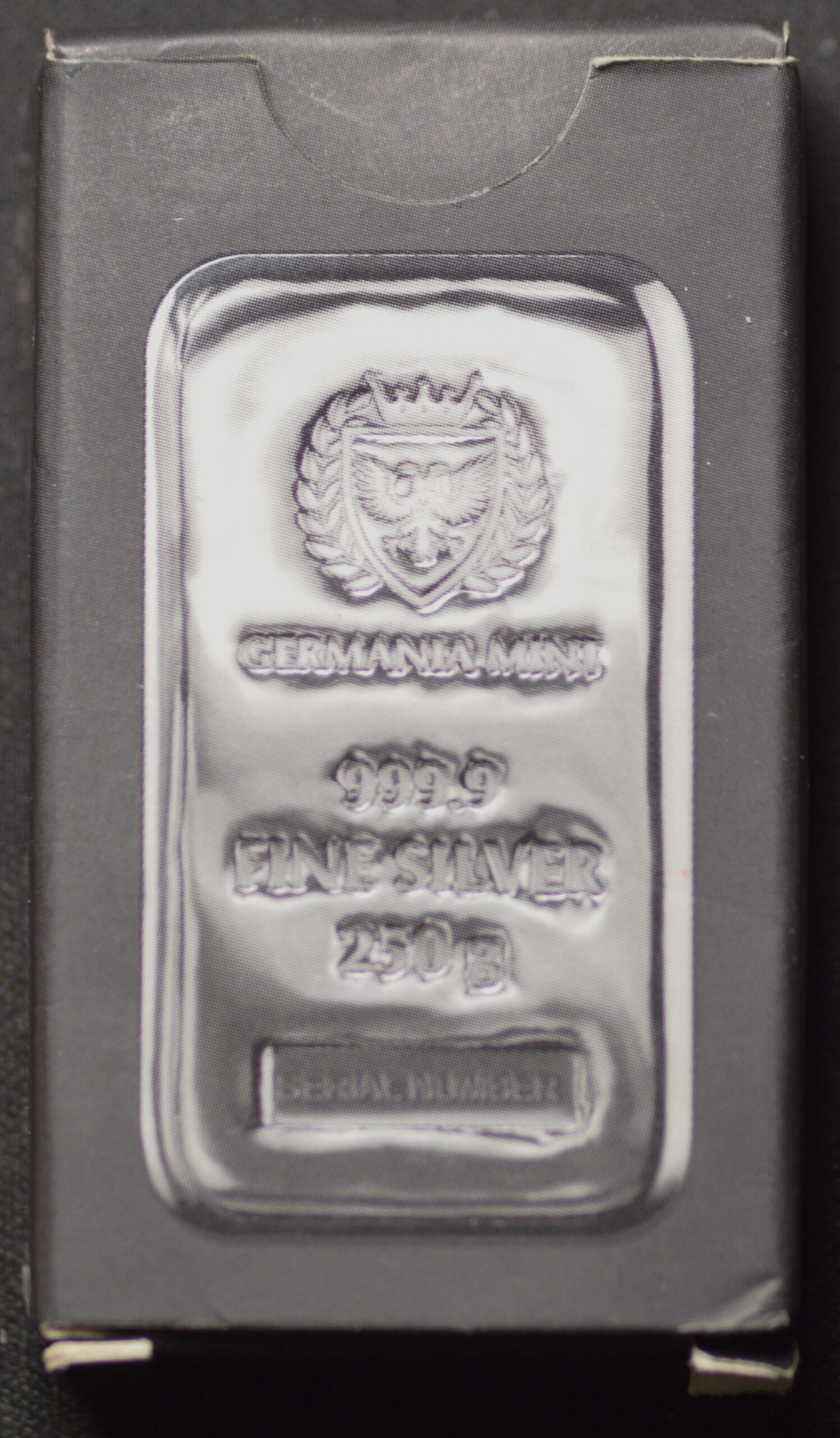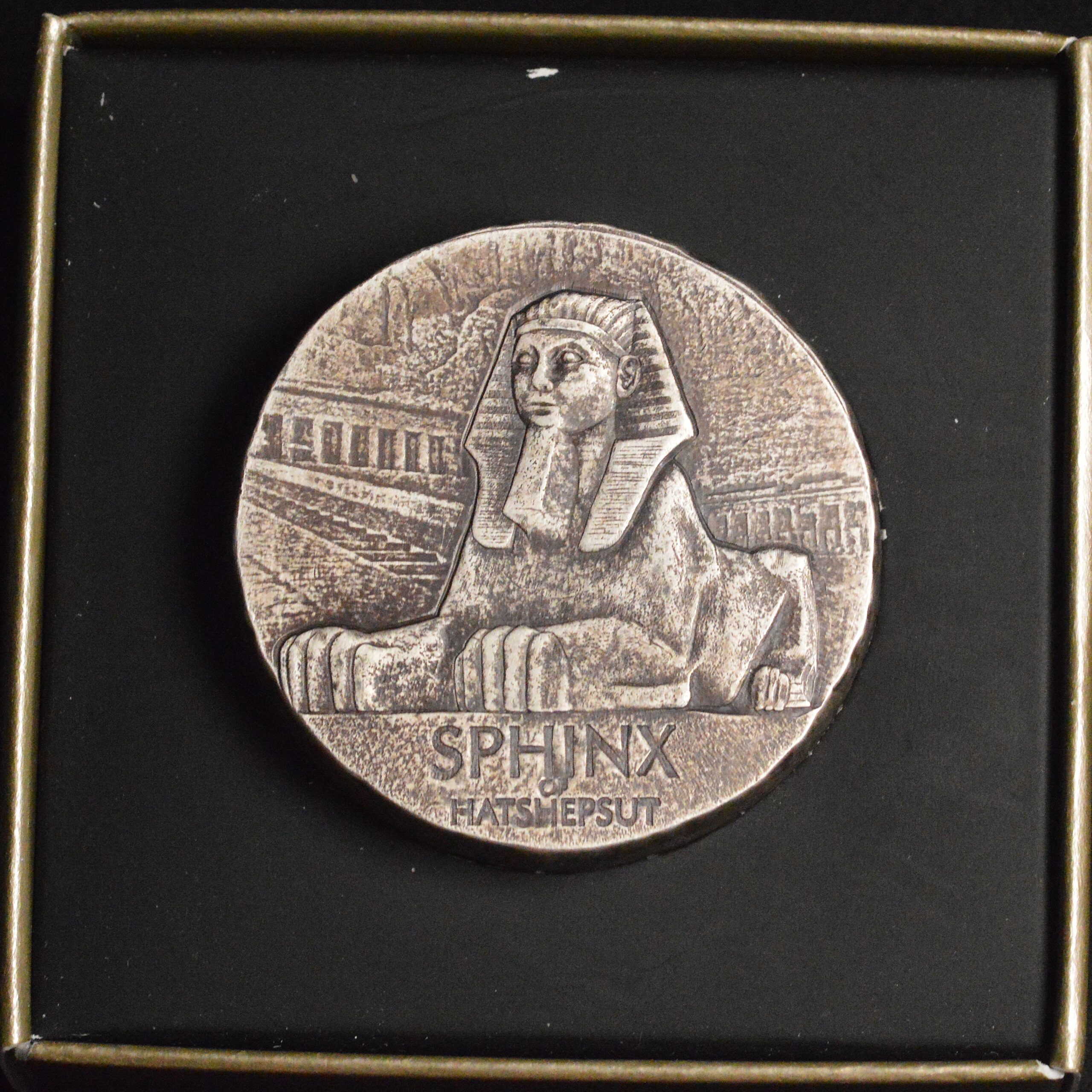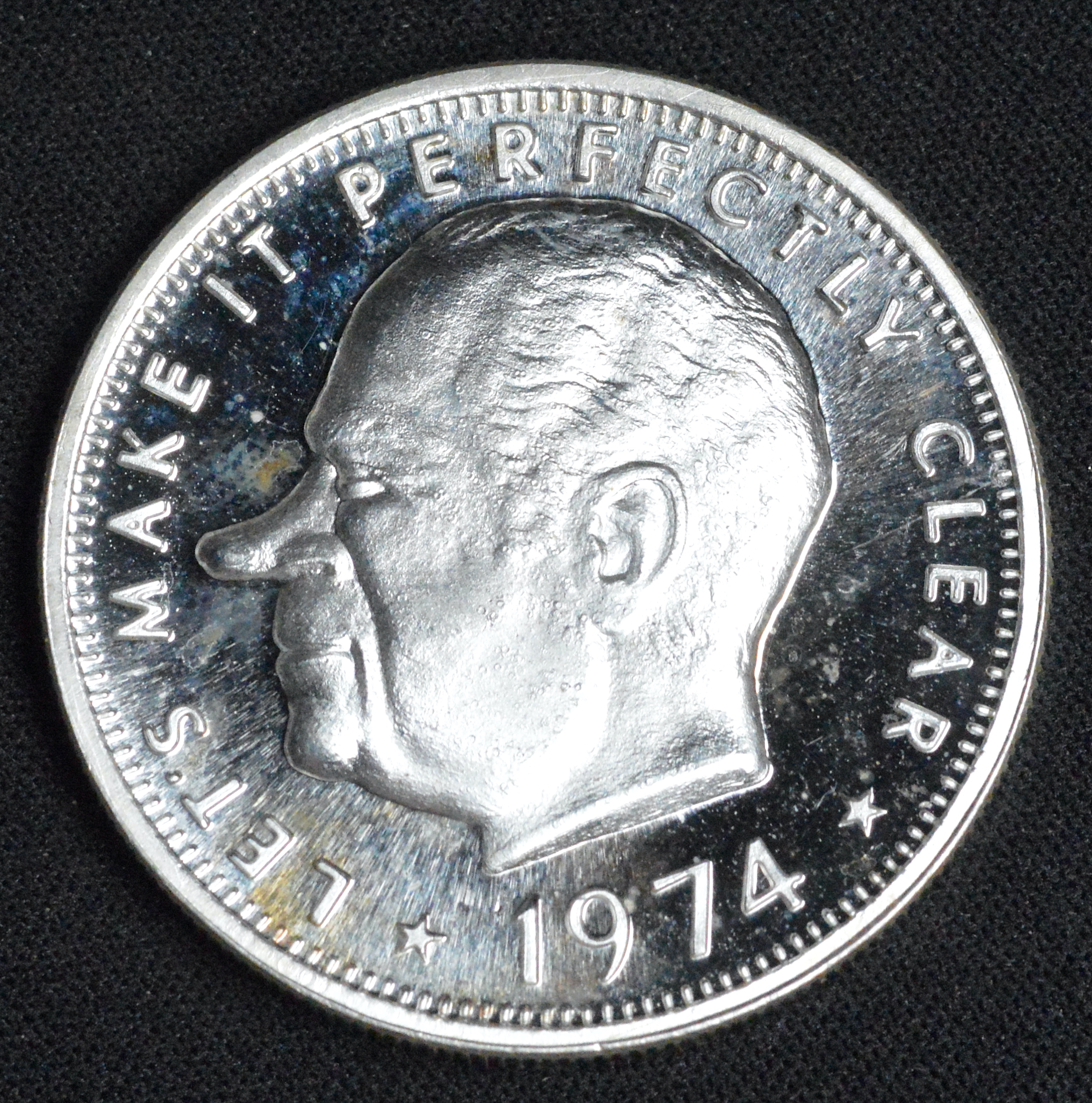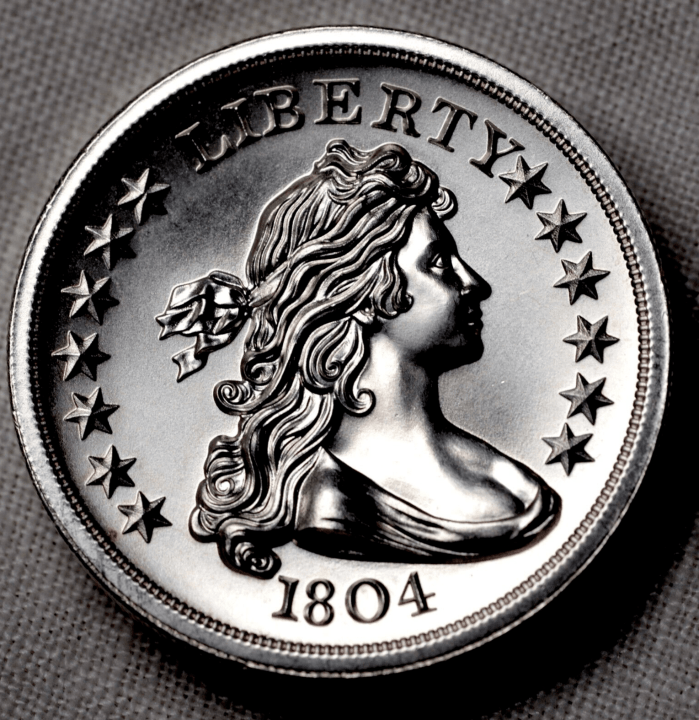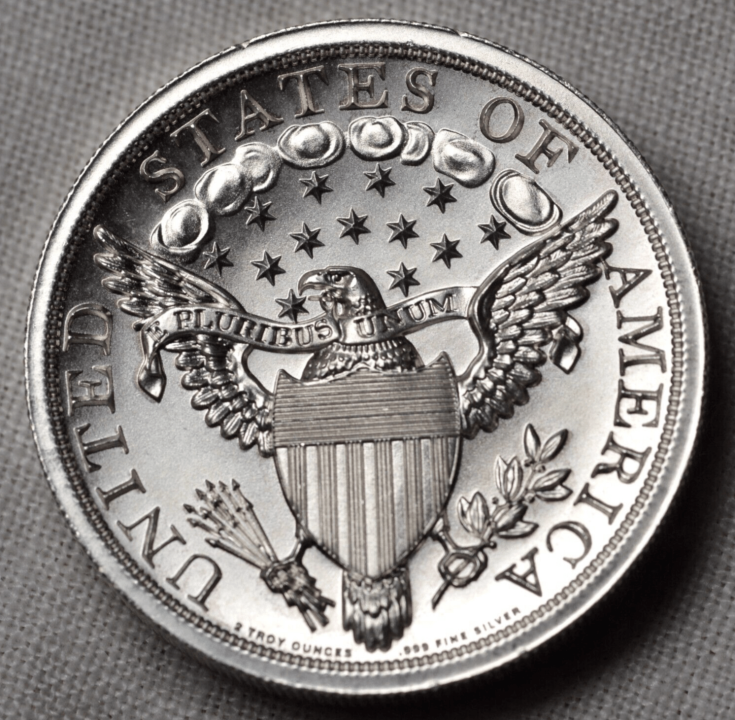Discover Rare Investments
Become a Jay's Customer. 20% off Your First Order!
Discover a premier selection of coin show buys, currency, cards, and more! Shop with the best!
New Items
110
Add to Watchlist
Add to Watchlist
2024 Britannia .999 Fine Silver Coin Featuring King Charles III
$89.00
Add to Watchlist
Add to Watchlist
1887 Silver Morgan Dollar NGC Uncirculated Binion Hoard Very Unique!
$299.00
Add to Watchlist
Add to Watchlist
Ronald Reagan Presidential Silver Commemorative 1 Oz Round
$120.00
Add to Watchlist
Add to Watchlist
151
Add to Watchlist
Add to Watchlist
Jay's Deals
130
Add to Watchlist
Add to Watchlist
137
Add to Watchlist
Add to Watchlist
140
Add to Watchlist
Add to Watchlist
Bullion (Free Shipping)
Scottsdale Silver Lion 2 Ounce Rounds (Great Reeded Edging)
$220.00
Add to Watchlist
Add to Watchlist
ZOMBUCKS 2017 – MORGUE ANN SILVER ROUND .999 “MORGAN DOLLAR” !! HOBO ..
$160.00
Add to Watchlist
Add to Watchlist
Maria Teresa 1780 Silver Thaler (Restrike .999 Fine) ! 2 Available!
$95.00
Add to Watchlist
Add to Watchlist
Germania Mint 10 oz Silver .999 Fine Bar Straight from Germany!
$599.00
Add to Watchlist
Add to Watchlist
Scottsdale Mint 5 ounce .999 Silver Sphinx Silver Round Gorgeous Antiqued Finish.
$450.00
Add to Watchlist
Add to Watchlist
1804 DRAPED BUST DOLLAR ROUND AMAZINGLY TRUE RELIEF 2 OZ INTAGLIO MINT .999
$430.00
Add to Watchlist
Add to Watchlist
Customer Feedback
Hey man I really appreciate the bar and Great communication and awesome packaging look forward to more deals.

His selection of German coins especially the Max Planck coins were phenomenal.

Columbian was in Good condition, Satisfied Customer...

Great Coin seller, Great Seller Easy to work with, Highly Recommend!

My take, gold and silver are the only recognizable assets that you can use to buy a piece of bread. They always will have value and are a great investment for the future. Precious metals like gold and silver will always be available that is why California Coins is where I buy my gold and silver at.

Glad you're back! Got that toned merc dime off you. Will be back for more. Great dealer.

He threw in a free coin! How cool!

Great service. Great Buffalo Nickel. Definitely undergraded and seller made a good deal to make it work!

Previous
Next

